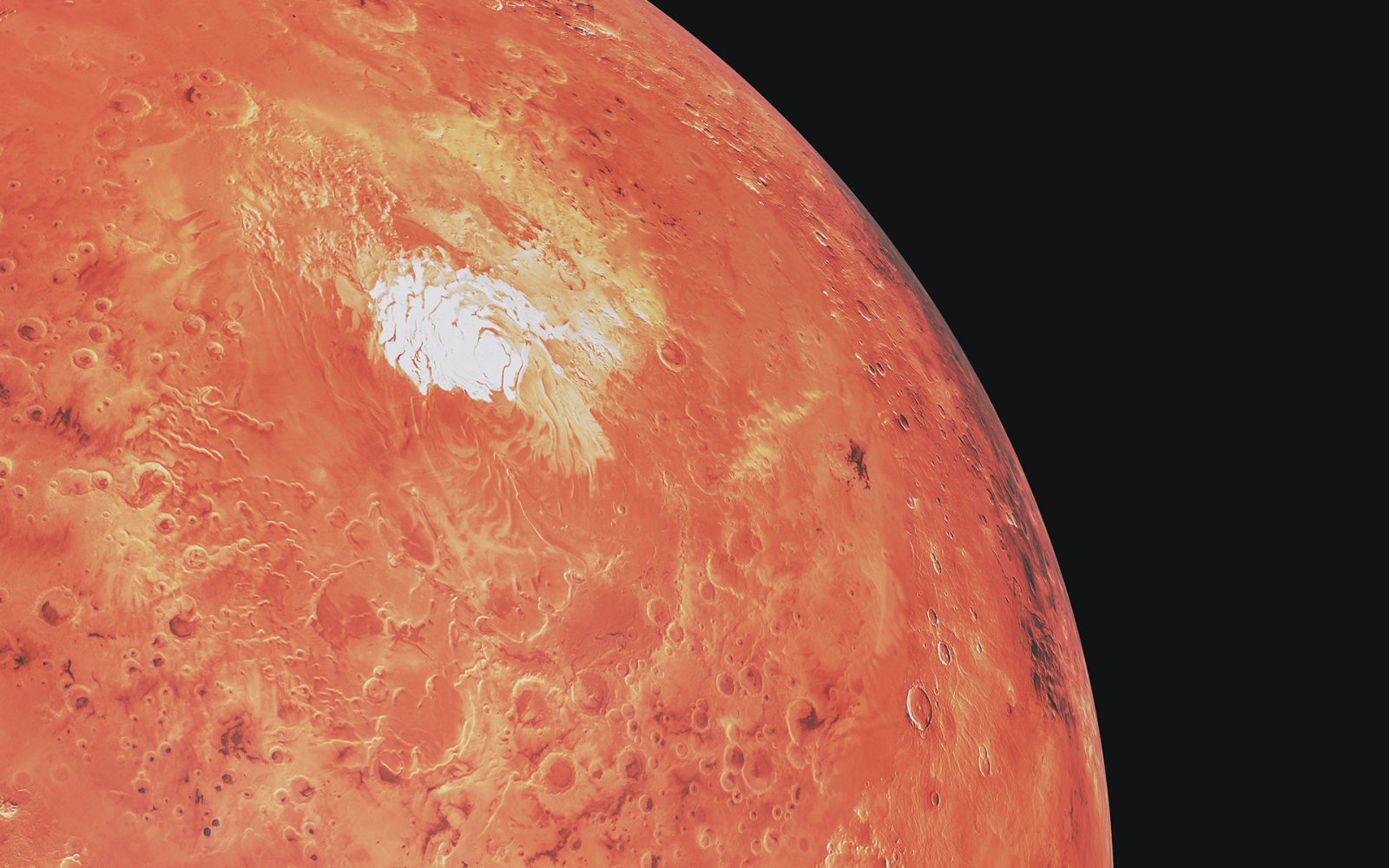Now Reading: Researchers Uncover Clues to Mars’ Atmospheric Evolution
-
01
Researchers Uncover Clues to Mars’ Atmospheric Evolution
Researchers Uncover Clues to Mars’ Atmospheric Evolution

Fast Summary:
- Researchers have gathered evidence of the erosion of Mars’ atmosphere,a phenomenon known as “sputtering,” which offers insights into how the planet’s climate changed over millions of years.
- The research utilized nine years’ worth of data collected by NASA’s MAVEN spacecraft,which has been orbiting Mars since 2014.
- Published findings in science Advances show variations in ion density-specifically argon ions-in the Martian atmosphere above 350 kilometers (217 miles), influenced by solar wind electric fields.
- The study provides clues about why Mars may have lost its once-thicker atmosphere that supported rivers and lakes, offering meaningful context for understanding past habitability.
Image: NASA’s Curiosity rover taking a selfie on mars.
!Curiosity Rover
(image Source: NASA/JPL-Caltech/MSSS)
Indian Opinion Analysis:
This evidence marks an important step in unraveling Mars’ atmospheric history and understanding why it transitioned from a warmer, wetter environment to its current arid state. The sputtering phenomenon caused by interactions between solar wind and ions like argon provides vital data about atmospheric erosion processes that were likely stronger billions of years ago when the Sun was more active.For India, these discoveries should further invigorate space research efforts such as ISRO’s planned interplanetary missions like Mangalyaan 2, fostering deeper collaborative opportunities with global agencies like NASA and ESA on planetary exploration. Additionally,this highlights India’s potential role in advancing research on extraterrestrial climates-an area critical for better interpreting Earth’s future under evolving environmental pressures.
The study reminds us that comprehensive exploration requires sustained investment and international cooperation to uncover planetary mysteries that could hold answers for humanity’s long-term survival.
























